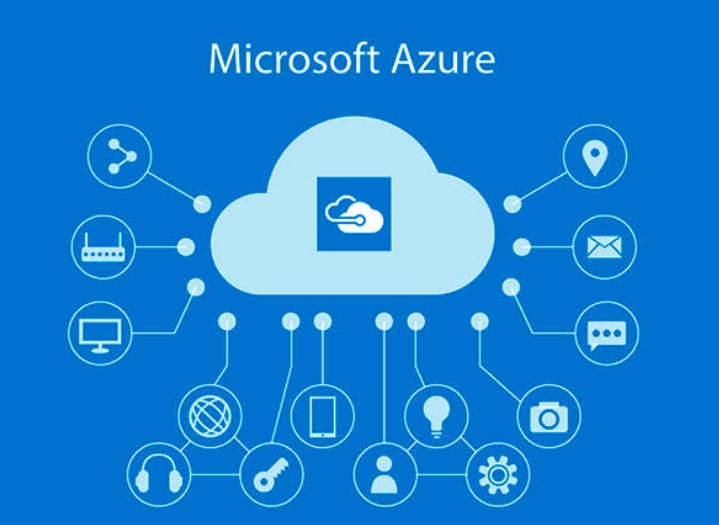Let's Talk Cloud: Mastering Azure Role-Based Access Control (RBAC)
 Samuel Happiness
Samuel Happiness
Hey cloud adventurers! Welcome back to our "Let's Talk Cloud" series. Last time we explored Azure Active Directory basics, and now we're taking things up a notch by diving into Role-Based Access Control (RBAC) - the secret sauce that makes Azure security both powerful and manageable.
What's RBAC and Why Should You Care?
Let's start with the basics. RBAC is Azure's way of controlling who can do what with your resources. Think of it like the permission system in your organization - some people can view documents, others can edit them, and a select few can delete them.
In Azure, instead of manually specifying permissions for each person on each resource (which would be a nightmare!), you assign roles to users, groups, or applications. These roles come with pre-defined sets of permissions that determine what actions they can perform.
It's like handing out different types of keys to your cloud kingdom - some people get master keys, others get keys to specific rooms, and some just get the key to the front door.
Scopes: Where the Magic Happens
One of the coolest things about Azure RBAC is how it works with "scopes." A scope is simply the boundary where the role applies. Azure offers four levels of scope, arranged in a hierarchy:
1. Management Group- The highest level, affects multiple subscriptions
2. Subscription - Covers everything in a single subscription
3. Resource Group - Applies to all resources within a group
4. Resource - The most specific, applies to just one resource
This hierarchy means you can get really specific with permissions. Maybe you want someone to manage all virtual machines in a subscription, or perhaps just a single storage account within a specific resource group.
Built-in Roles vs. Custom Roles
Azure comes with a ton of built-in roles ready to use - from the all-powerful "Owner" to the look-but-don't-touch "Reader." These cover most common scenarios, but what if you need something specific?
That's where custom roles come in! You can create your own roles with exactly the permissions you need. Maybe you want someone to be able to restart virtual machines but not create or delete them? There's no built-in role for that, but you can create a custom one in minutes.
The Additive Model: When Roles Overlap
Here's something important to understand: Azure uses an additive model for permissions. What does that mean in plain English? It means if you have multiple roles, you get ALL the permissions from ALL those roles combined.
For example, if you're assigned both Reader (which allows viewing) and Contributor (which allows most management actions) on a resource group, you effectively have Contributor permissions. The more restrictive role doesn't cancel out the more permissive one.
This is super important to remember when designing your access strategy. Sometimes less is more when it comes to role assignments!
Interpreting Access in the Portal
Looking at role assignments in the Azure portal can be a bit overwhelming at first. You'll see users with multiple roles across different scopes, and it might not be immediately clear what they can actually do.
Don't worry - in our next post, we'll show you exactly how to read and interpret these assignments, including some nifty tricks to quickly understand who has access to what.
Coming Up Next
In the next installment, we'll walk through:
- Creating your first custom RBAC role with examples
- Practical scenarios for assigning roles at different scopes
- Tips for auditing and reviewing your role assignments
- Common RBAC pitfalls and how to avoid them
Have you started using RBAC in your Azure environment? What challenges have you faced? Drop a comment below and let's discuss!
Until next time, keep your permissions tight and your cloud security tighter!
Subscribe to my newsletter
Read articles from Samuel Happiness directly inside your inbox. Subscribe to the newsletter, and don't miss out.
Written by

Samuel Happiness
Samuel Happiness
I'm a passionate and innovative software developer, I thrive on crafting elegant solutions that drive real-world impact. With a strong foundation in hands-on experience in mobile and web development, I am adept at turning complex problems into user-friendly applications.